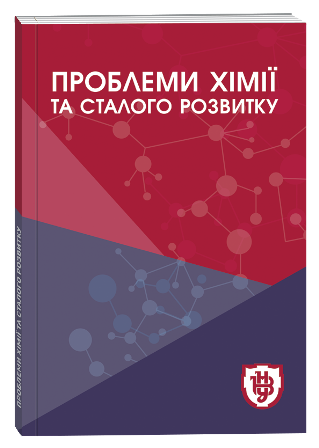ANALYSIS OF SELF-CLEANING CAPACITY OF THE ZAMCHYSCHKO RIVER ACCORDING TO MULTIPLE OBSERVATIONS
DOI:
https://doi.org/10.32782/pcsd-2021-3-1Keywords:
hydrochemical performance, surface water, self-cleaningAbstract
Purpose of the work. A relevant issue in determining permissible load levels on water bodies is the assessment of the selfcleaning capacity of water bodies. The self-cleaning processes of water bodies are the result of the interaction of a complex of hydrodynamic, physico-chemical, microbiological and hydrobiological processes aimed at restoring the ecological wellbeing of water bodies. However, there are scientifically proven methods for estimating the self-cleaning capacity of water bodies from a set of hydrochemical indicators. The purpose of the article was to analyze the self-cleaning capacity of the small Zamchisko River according to long-term hydrochemical quality control data of surface waters. Methodology. Water samples for analysis were collected once a year, during the summer interlude, during 2013–2021. The works were carried out on two folds: Flap 1 – within the limits of Kostopol, 500 m below the discharge from the cleaning facilities; Flap 2 – 50 m above the mouth of the river, close to the confluence of Goryn river. The results of the hydrochemical analysis of surface waters obtained over the years were statistically reliable for each of the indicators (p ≤ 0.05). Scientific novelty. When calculating the self-cleaning capacity of the river, it was found that the highest degree of self-cleaning was found for chlorides (88.48%), ammonium nitrogen (84.58%) and phosphorus phosphate (80.75%); the average degree of self-cleaning was nitrite nitrogen (62.88%), nitrate nitrogen (57.9%) and the biochemical consumption of the co-loride (52.9%) and the chemical consumption of oxygen (34.88%); low self-purification of the river’s surface water was found for suspended matter (21.67%), dissolved oxygen (23.74%) and fluoride (4.25%). Conclusion. Conclusion makes the assumption for which the self-cleaning capacity of surface waters (sulphates, iron, copper, zinc, manganese) has not been confirmed are assumed to have mainly background origin. And the concentrations in Flap 1, which were lower than the concentrations in Flap 2, can be explained by the dilution process due to the discharge of certain volumes of wastewater.
References
Айвазян С.А. Прикладная статистика: исследование зависимостей : справ. издание. Москва : Финансы и статистика, 1985. 487 с.
Аніщенко Л.Я. Розрахункові показники для критеріїв екологічно безпечних рівнів відбору води з малих річок. Екологія довкілля та безпека життєдіяльності. 2008. № 5. С. 59–65.
Венецианов Е.В., Аджиенко Г.В., Щеголькова Н.М. Загрязнение и самоочищение малых рек: процессы, мониторинг, охрана : материалы лекций II Всероссийской школы-конференции. Ярославль : Филигрань, 2014. С. 24–41.
Гринюк В.І. Дослідження процесів самоочищення правих приток річки Свічі басейну Дністра. Науковий вісник НЛТУ України. 2018. № 28. С. 77–82.
Децук В.С. Оценка загрязнения водных объектов : учеб.-метод. пособие. Гомель : БелГУТ, 2019. 43 с.
Никаноров А.М. Гидрохимия. Санкт-Петербург : Гидрометеоиздат, 2001. 444 с.







